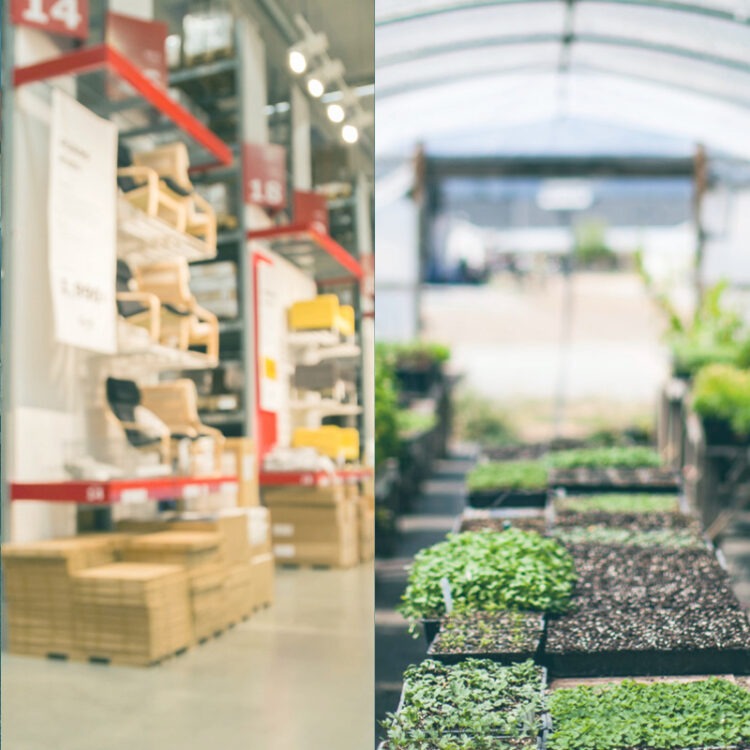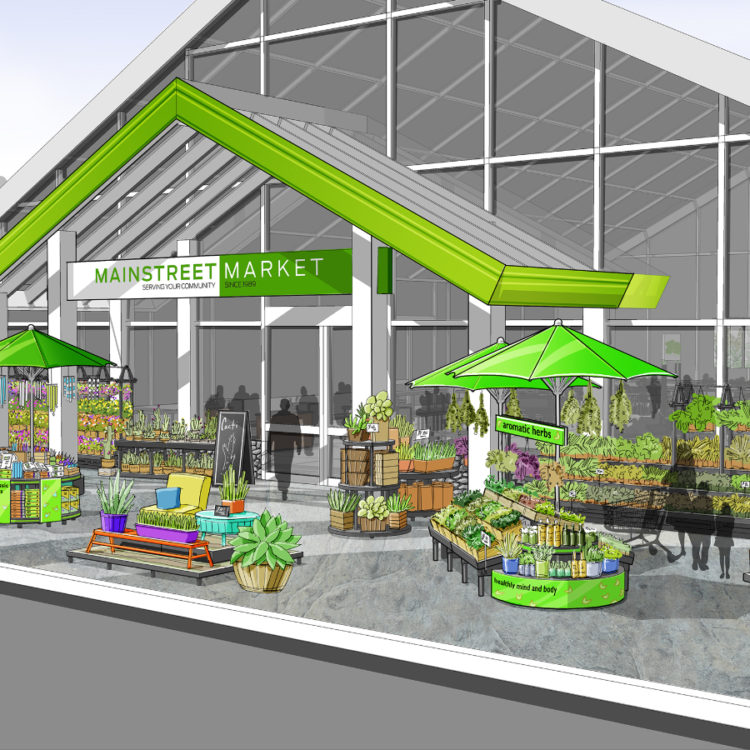Real-Life Applications of the Four Pillars of Customer Engagement [Part 2]
It’s an exciting time for brick-and-mortar stores. As the whole retail experience evolves, large companies are beginning to recognize the benefits of the “town center” concept. Based on the support of four key pillars, experiential destinations are becoming game-changers. By providing the consumer with a new, exciting experience, you too can transform your store.
The following real-life examples will provide you with the inspiration you require to kickstart your own unique, creative ideas.
How Retailers Are Using the Four Pillars to Develop Experiential Destinations
Traditional stores and businesses are beginning to see the value in providing gathering spaces for customers. Based on the four powerful elements, or “pillars,” of this model (community, socialization, destination, and experience), several businesses are already beginning to make significant progress.
Community
Just imagine your target consumers under one roof communicating and enjoying their surroundings. Well, this is exactly what Apple achieved within its stores, providing greater value for its customers.
Upon shifting to “Genius Groves,” it has achieved a unique communication experience. In a spacious area lined with trees, customers can sit side by side with Apple Geniuses. The design creates a more comfortable space conducive for conversation that enhances the customer’s experience.
While consumers meet with like-minded individuals, Apple has the opportunity to market its products to a more targeted audience.
Socialization
Whole Foods has been a large player in experiential structures for years. Its stores’ dynamic layouts and sample stations have provided consumers with a nontraditional grocery shopping experience. More recently, Whole Foods developed its “365” concept, focusing on value, quality, and socialization.
By recognizing recent changes in consumer decisions, Whole Foods is able to influence behaviors, interactions, and beliefs. At the company’s Sunnyvale location, for instance, it will build a 52,000-square-foot store that will include grocery retail and a full cafe, with talks of a movie theater and other social amenities. The store is expected to open in early 2019.
With more opportunities for people to meet and chat, this concept will increase overall word-of-mouth marketing. Others will want to come to visit these types of locations to experience this new concept for themselves.
Destination
IKEA is known for being both an experience and destination location. Based on its stores’ layouts and the company’s overall approach, consumers are willing to go out of their way to visit. IKEA has continued to create stores that are in themselves big statements. Although the largest IKEAs are over 400,000 square feet, it is not just the size that makes them impressive.
It is also how IKEA locations are set up that makes them true destination shopping hot spots. Because of the stores’ unique layouts and changing designs, consumers are continually provided with new experiences. With displays that are fully immersive, guests can touch, see and interact with products. The displays also inspire ideas, showing shoppers how they can mix and match products in order to create a stunning space.
Experience
Horrocks is an independent market that strives to make every customer visit exceptional. Located in Michigan, this garden center and farmers’ market caters to a wide range of audiences. This friendly, family-run business achieves this by offering a range of specialty areas, including the garden area, a full deli, and even a tavern.
It is this overall experience that makes this business so successful. Shoppers are willing to make a day out of this gathering space — and, because of the unique approach, return for more.
What Can We Learn from These Successful Businesses?
If you would like to create your own unique retail experience, focus on your brand’s soul. Whether you would like to develop a more interactive experience or create a more meaningful layout, ask yourself how you want to connect with your customers. What is it you want your brand to say?
Consider factors such as your budget, your partnerships or competitors, the weather, the scale you’re willing to achieve, and the amenities you’d like to offer.
Now the exciting part.
It’s time to develop ideas in order to create your own experiential destination, incorporating the four pillars above. After all, as author Kate Zabriskie said, “The customer’s perception is your reality.”
Discover how various retailers from Grocery to Specialty to Live Goods are implementing these four pillars. Continue reading our next installment in this series.





